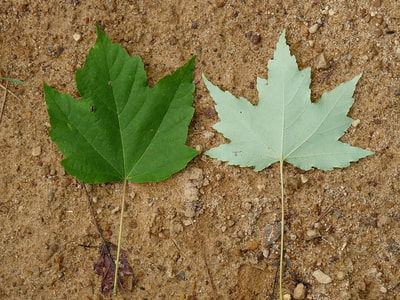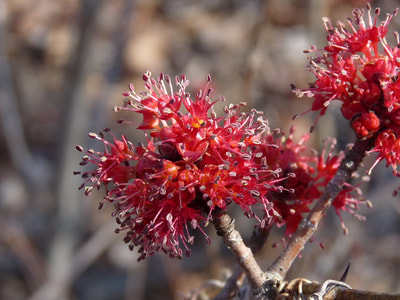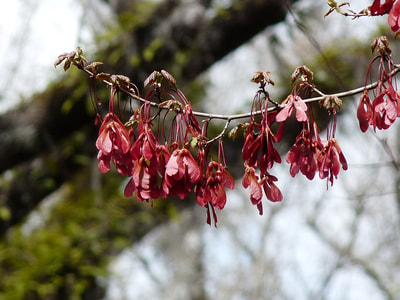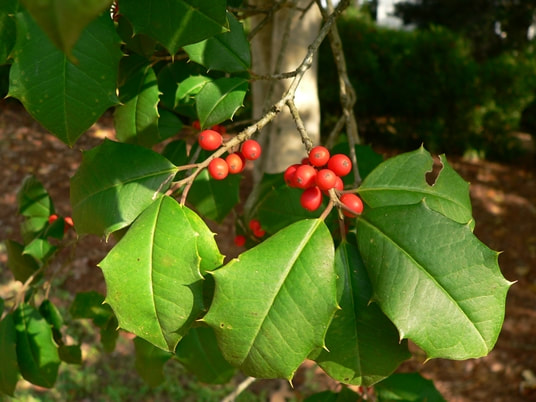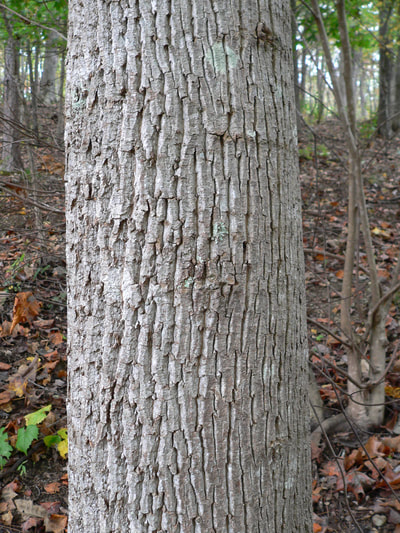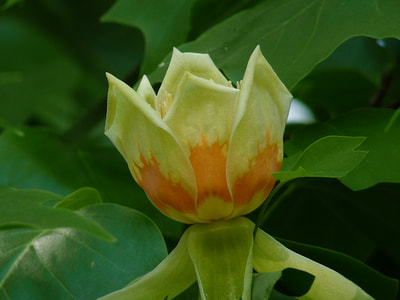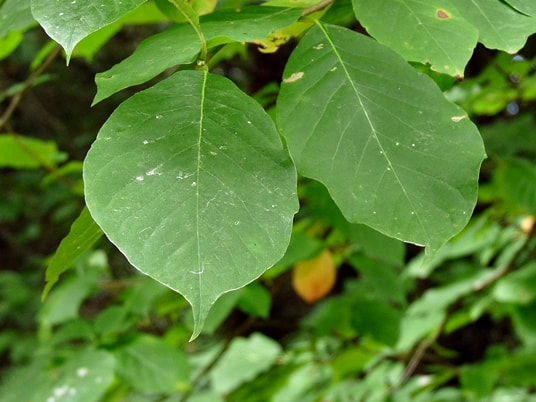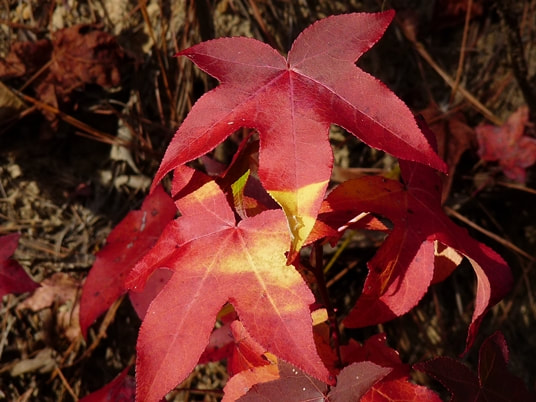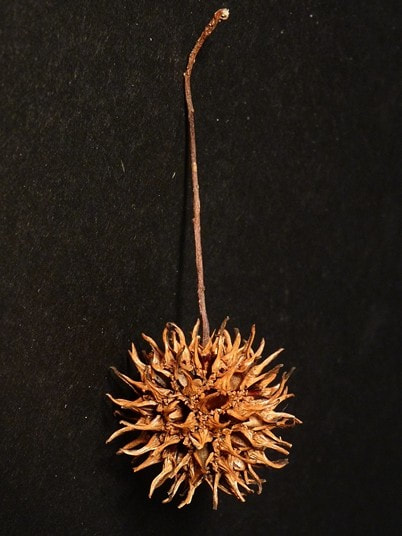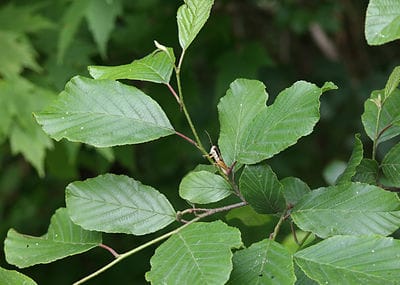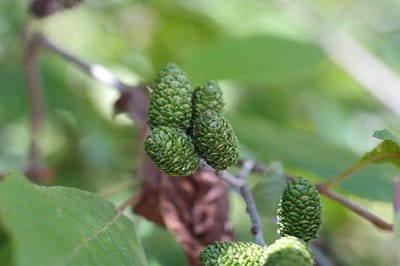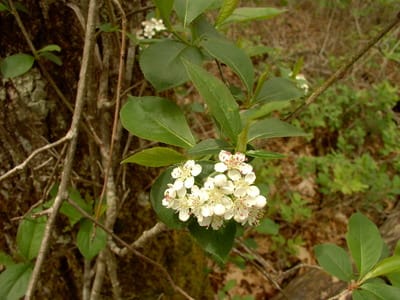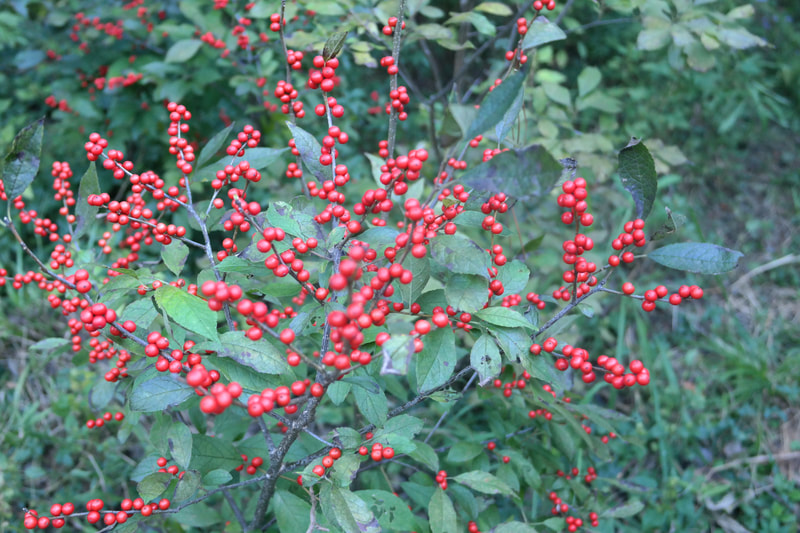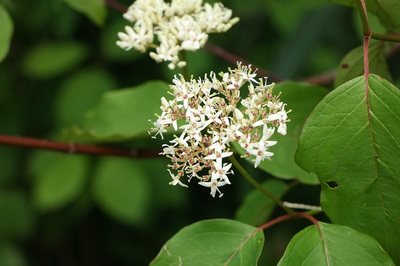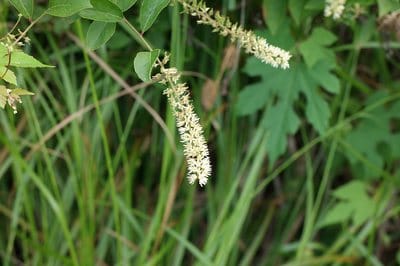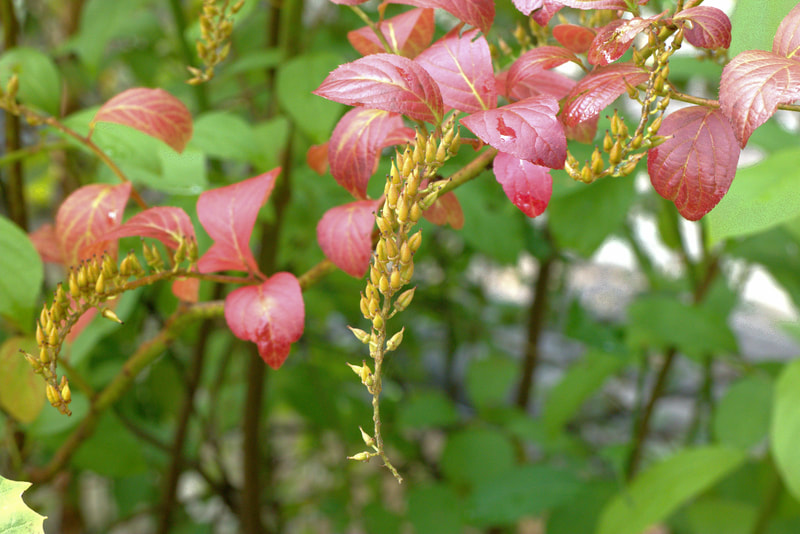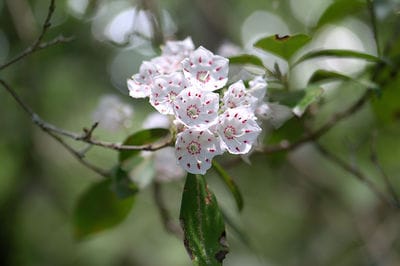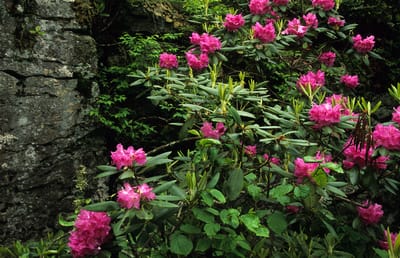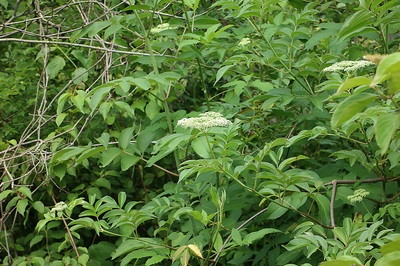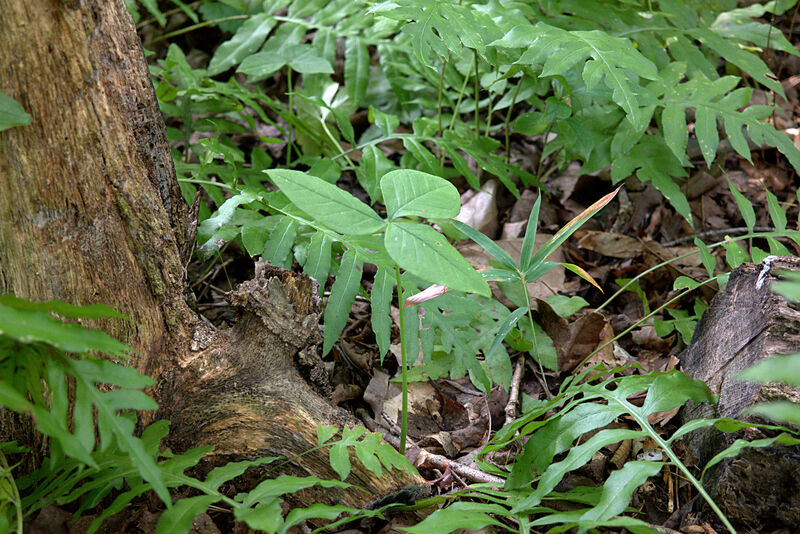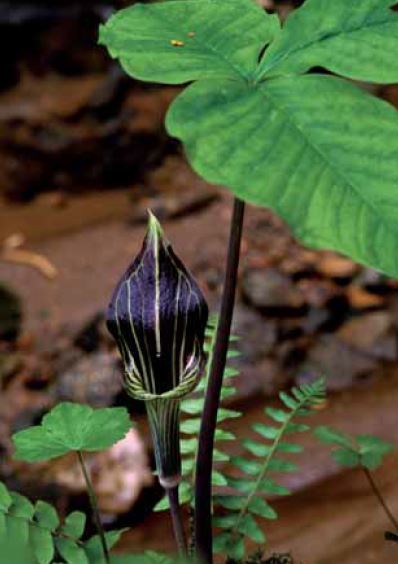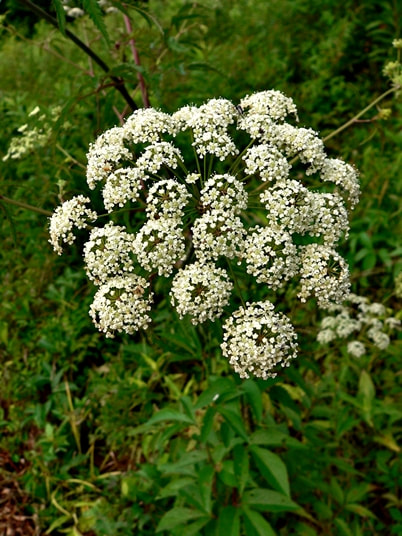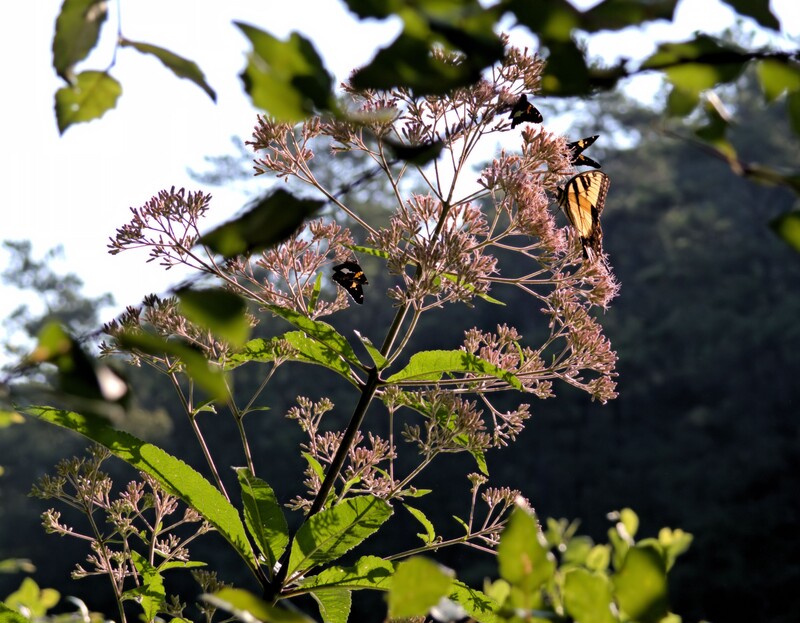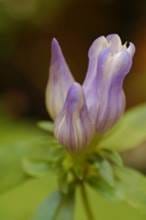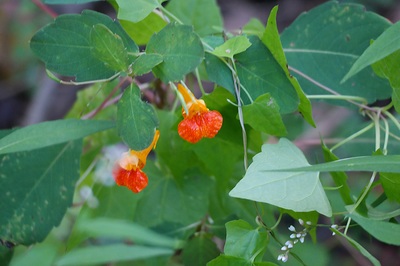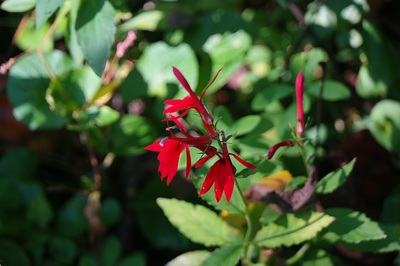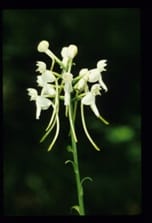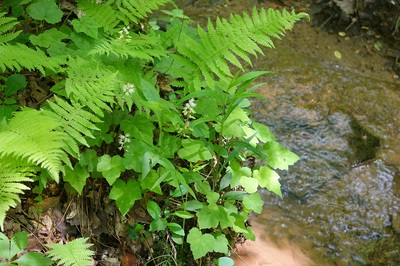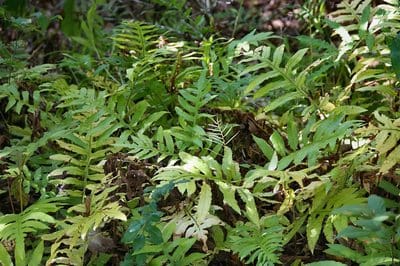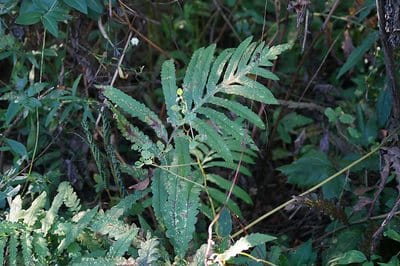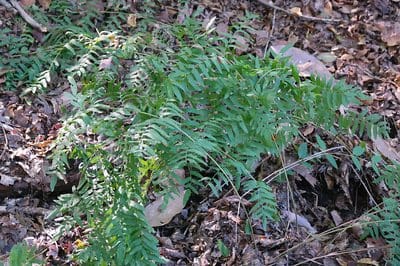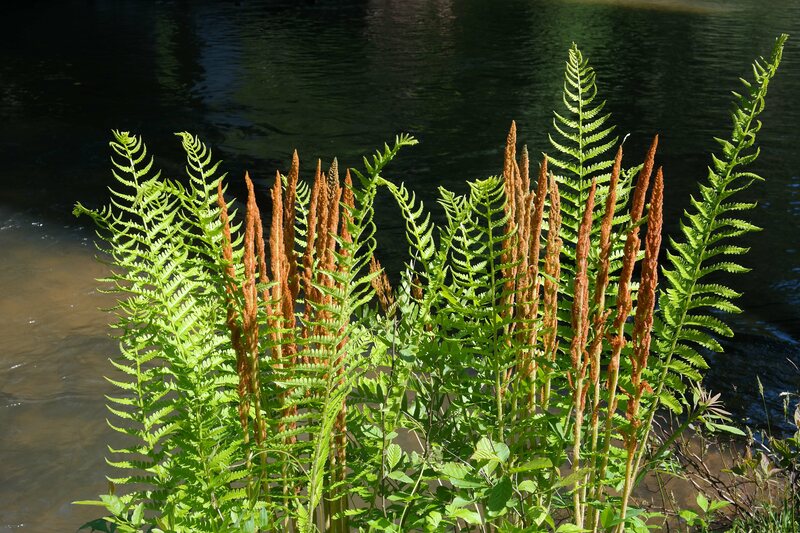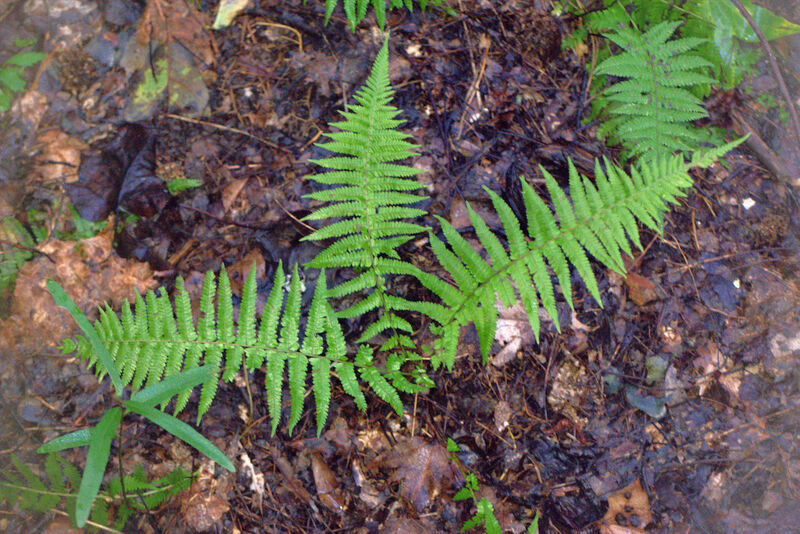Cumberland Plateau/Ridge & Valley Acidic Seepage Wetlands
|
Acidic Seepage wetlands form on the acidic sandstone ridgetops, in shallow swales and near streamheads, where water seeps through the sandstone into the swale. Seepage can also flow from bedding layers of acidic shales. These communities can be forests, with shade-adapted plant assemblages often dominated by ferns, red maple, black gum and silky dogwood, or wet meadows when subjected to fire that opens up the habitat and encourages plants adapted to greater sunlight levels.
|
|
Indicator species: an assemblage of red maple, black gum, sweet gum, tulip poplar (often on edges of seepage), royal fern, cinnamon fern, jack-in-the-pulpit, soapwort gentian, southern wild raisin.
What's special: Often these communities are embedded within dry, acid oak-pine-hickory forests, and the swaths of ferns and lush ground cover form a stark contrast to the drier forests they're embedded within. Where fire is more common, wet meadow seeps can be sunny and diverse, with an array of wildflowers, including the beautiful monkey-face orchid. These wetlands are important for amphibians.
What's special: Often these communities are embedded within dry, acid oak-pine-hickory forests, and the swaths of ferns and lush ground cover form a stark contrast to the drier forests they're embedded within. Where fire is more common, wet meadow seeps can be sunny and diverse, with an array of wildflowers, including the beautiful monkey-face orchid. These wetlands are important for amphibians.
|
Plants Click on a plant name to see images. Plants listed in order by scientific name. Trees Red Maple Acer rubrum American holly Ilex opaca Sweet gum Liquidambar styraciflua Tulip-tree/Tulip poplar Liriodendron tulipifera Black gum Nyssa sylvatica Shrubs Tag alder Alnus serrulata Black chokeberry Aronia melanocarpa Silky dogwood/Swamp dogwood Cornus amomum Climbing hydrangea Decumaria barbara Winterberry Ilex verticillata Virginia willow Itea virginica Mountain laurel Kalmia latifolia Catawba rhododendron Rhododendron catawbiense Swamp dewberry Rubus hispidus Common elderberry Sambucus canadensis Smooth highbush blueberry Vaccinium corymbosum Southern wild raisin Viburnum nudum Woody Vines Cross-vine Bignonia capreolata Climbing hydrangea Decumaria barbara Trumpet vine Campsis radicans Ground Layer Wildflowers Jack-in-the-pulpit Arisaema triphyllum White turtlehead Chelone glabra Water hemlock Cicuta maculata Hollow-stem Joe-pye-weed Eutrochium fistulosum Soapwort gentian Gentiana saponaria Orange jewelweed Impatiens capensis Cardinal flower Lobelia cardinalis Indian cucumber-root Medeola virginiana Cowbane Oxypolis rigidior Platanthera integrilabia Monkey-face orchid Helmet skullcap Scutellaria integrifolia Foamflower Tiarella wherryi Tassel-rue Trautvetteria caroliniensis Primrose-leaf violet Viola primulifolia Ferns Southern lady fern Athyrium asplenoides Sensitive fern/Bead fern Onoclea sensibilis Royal fern Osmunda spectabilis Cinnamon fern Osmundastrum cinnamomeum New York fern Parathelypteris noveboracensis Netted chain fern Lorinseria areolata/Woodwardia areolata Mosses Peat moss - Sphagnum spp. |
Representative Trees, in order by scientific nameRepresentative Shrubs, in order by scientific nameRepresentative Wildflowers, in order by scientific nameFerns in order by scientific name
|

